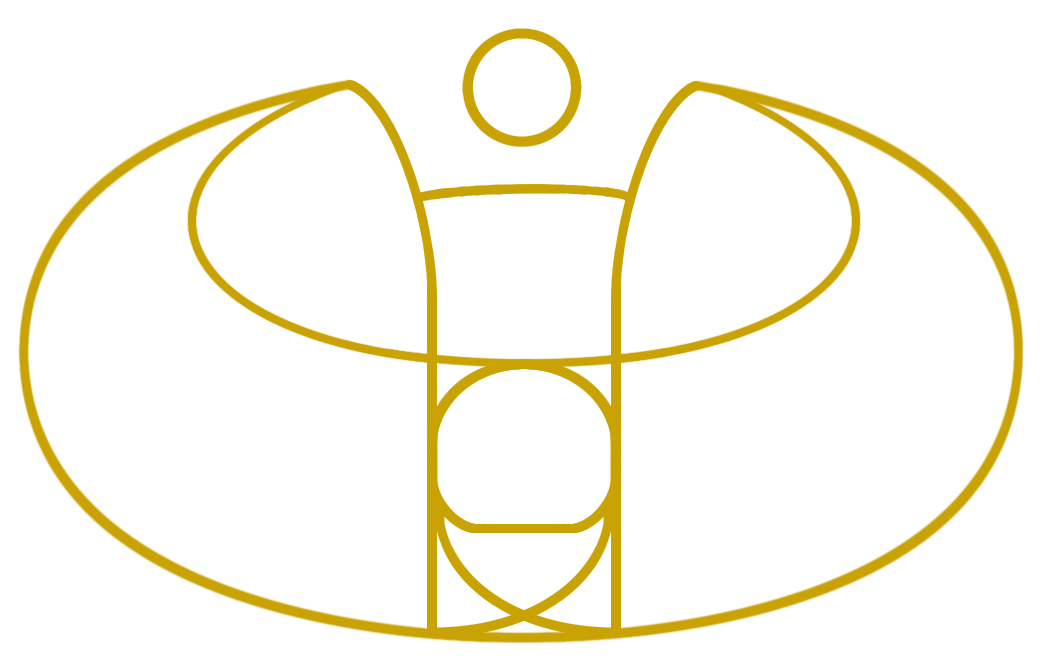Human Rites Therapeutics
-
Ortho-Bionomy®
Osteopathy posits that our bodies are extraordinarily apt to heal themselves if given the fresh arterial blood, ample drainage, and sufficient innervation afforded by healthy structural relationships. Traditional osteopathy employs a range of manipulative approaches to support the body in reestablishing such relationships.
Ortho-Bionomy is a principles-based therapeutic approach developed by a British osteopath that seeks to help clients rediscover natural balance in their bodies without causing pain. It is therefore highly effective for folx struggling with acute injuries or chronic pain and trauma that might be too sensitive for other bodywork modalities. Ortho-Bionomy can also be applied to help people of any health and fitness level assess and improve posture and movement efficiency. Abraham is certified as an Associate Member of the Society of Ortho-Bionomy International®. Typically, Ortho-Bionomy is clothes-on work.
Learn More about Ortho-Bionomy
Navigation arrows below…
-
Massage for Tissue Therapy, Stress Reduction & Relaxation
Massage includes a wide range of approaches to therapeutic touch that treat the soft tissues of the body. Massage can range from purely soothing, gentle touch to deeper, more purpose-oriented stimulation. Well-known techniques include Swedish, “Deep Tissue,” and Lymphatic Drainage. Massage has been clinically shown to elicit many beneficial responses; some are associated with the manipulation of soft tissues in particular, while others are common to therapeutic touch more generally. Massage can help clients manage all types of pain and stress while also improving conscious awareness of their bodies through integration of the nervous and myofascial systems. It can support recovery from accidents, traumas, or surgeries and help improve joint function as well as muscle balance & tone. Massage can also help folx work against body shame, dysmorphia, and dysphoria and can be a resource in coping with addiction recovery and chronic conditions such as Post-Traumatic Stress Syndrome, anxiety, and depression.
Although many people think of massage as typically happening with the client’s clothes off, different massage techniques lend themselves better to either clothes-off or clothes-on work. For example, while it is true that clients are unclothed for traditional Swedish massage, some deep tissue techniques are better suited to working in comfortable, loose-fitting clothing. You are invited to plan a free 15-minute phone consultation with Abraham to discuss your needs, boundaries, and goals for your massage therapy.
-
Lymphatic Drainage Massage
Our body processes create wastes in the course of their work. The lymphatic system is a crucial part of moving these wastes, carried in the lymph fluid, from where they are produced to where they can be processed for reuse or excretion. Lymphatic drainage massage utilizes subtle manual techniques to gently stimulate and support the flow of lymph fluid through its vessels, nodes, and organs. By supporting lymph flow, these techniques also help promote other fluid circulation in the body through reduction of tissue fluid pressures that can obstruct flow.
Lymphatic drainage massage is clinically shown to have numerous benefits. Because it supports the immune system and helps to reduce swelling, it is widely used in hospitals and clinics to support patients recovering from surgery and illness——as well as for patients struggling with lymphedema. Some clients seek lymphatic work for cosmetic reasons, as it can reduce water retention and promote healthier-looking skin. Furthermore, whether for functional or aesthetic purposes, lymphatic work can help reduce scar tissue. Finally, the strokes used in lymphatic massage are very calming for many people, reducing stress and promoting relaxation while also helping to promote better sleep. Lymph work can be either clothes-off or clothes-on.
-
Tui-Na and Cupping
Tui-Na is a traditional Chinese massage modality that affects the meridian system of the body. Meridians are subtle patterns within the body that consistently associate points, structures, & regions of the gross body; gross functions (like movement); and structures and functions of the more subtle aspects of the body such as organ function, energy flow, and emotion. While numerous meridian systems exist across different traditional cultural health systems, probably the most well-known is the Chinese meridian system. Tui-Na is typically clothes-on.
Cupping is another technique from China’s traditional health system that affects the meridians of the body by way of the strategic application of specialized suction cups. These cups can help to move stagnated body fluids and to balance areas of excess. Beyond the effects of cupping recognized by China’s traditional health system, some more contemporary perspectives recognize cupping as uniquely able to affect body structures by creating space between differentially moving tissues and encouraging hydration and perfusion. Cups can be applied statically, actively, or moving. Cups must be applied directly to the skin, but only the area being worked need be exposed. Abraham likes to say that cupping can feel like getting massaged from the inside out!
-
Pregnancy Body Therapy: Prenatal and Postpartum
Abraham loves pregnant people and babies and is always honored to be in the presence of the pregnancy and birth process. He has been present for several births, both at-home and in hospital settings, and his first job as an EMT was in the Neonatal and Pediatric Intensive Care setting.
Abraham’s training in pregnancy bodywork emphasized adapting his range of therapeutic tools to the special contraindications and positioning & propping needs of pregnant folx.
